The house of Julia Felix is our third and final stop on our tour of Pompeii.
The name Julia Felix means "Julia the Fortunate".
The owner was extremely wealthy and rented out part of her house, likely to cover the cost of repairs after the earthquake of 62 AD.
A sign outside reads : "To let, in the estate of Julia Felix... elegant baths for respectable people, shops with upper rooms, and apartments... The lease will expire at the end of the five years."
The property was enormous, occupying an entire city block.
It featured an open-air swimming pool, thermal baths, a tavern, a restaurant, gardens, waterfalls... and was conveniently located just around the corner from the amphitheatre.
Its luxurious amenities would have undoubtedly attracted wealthy Pompeians.
Like other wealthy Roman houses, the opening in the atrium's ceiling provided light and ventilation for the entire house, with a basin to catch drinkable rainwater.
The walls were typically painted in shades of red and yellow.
The walls were typically painted in shades of red and yellow, adorned with scenes from the Forum—children hiding behind columns, men playing board games, bartering, and admiring statues.
One fresco even depicts a child being whipped with his pants down!
The dining room overlooked the gardens, providing a serene backdrop for meals.
Romans could spend hours dining, often reclining on perpendicular couches as they ate.
At the far end of the garden was a self-contained flat, complete with its own atrium, bedroom, dining room, private street access, and beautiful views over the vegetable garden.
The other side of the house were private baths, which had their own separate entrance from the street.
It was extremely rare for private homes to have their own baths - highlighting just how exclusive Julia Felix's apartments were.



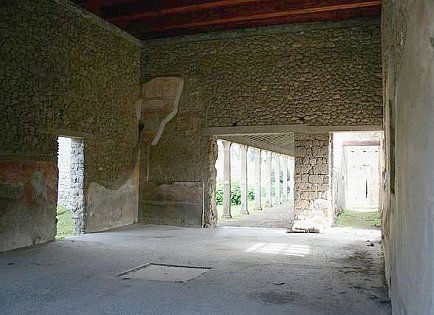







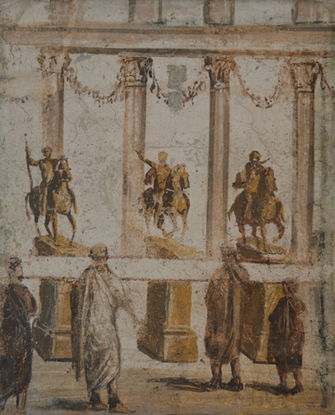
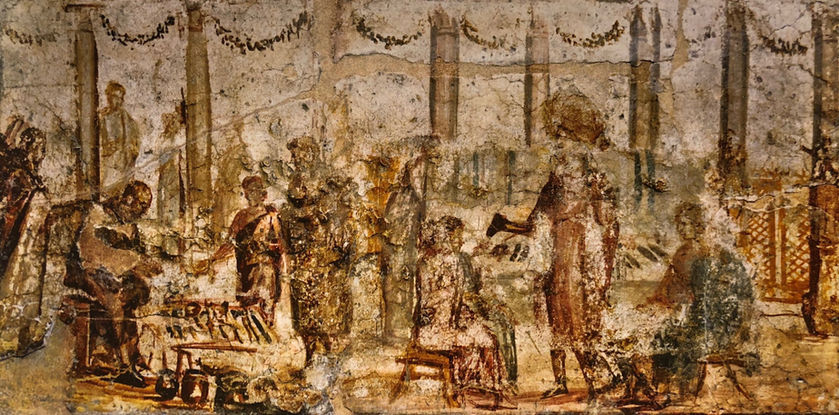
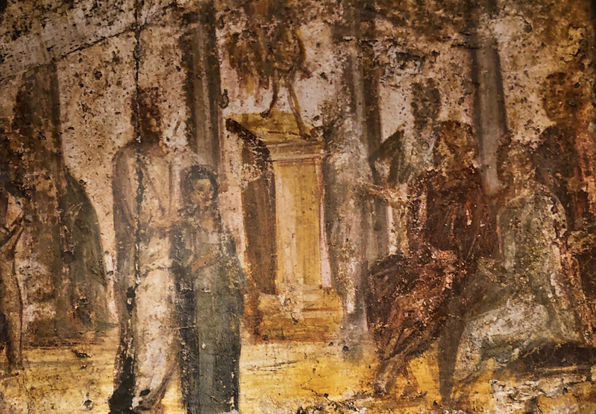







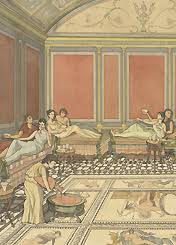
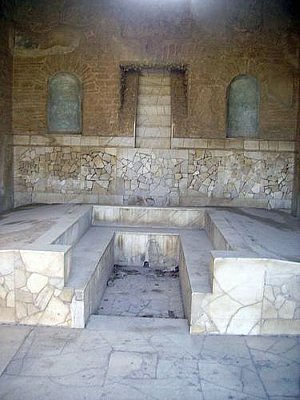





.jpg)